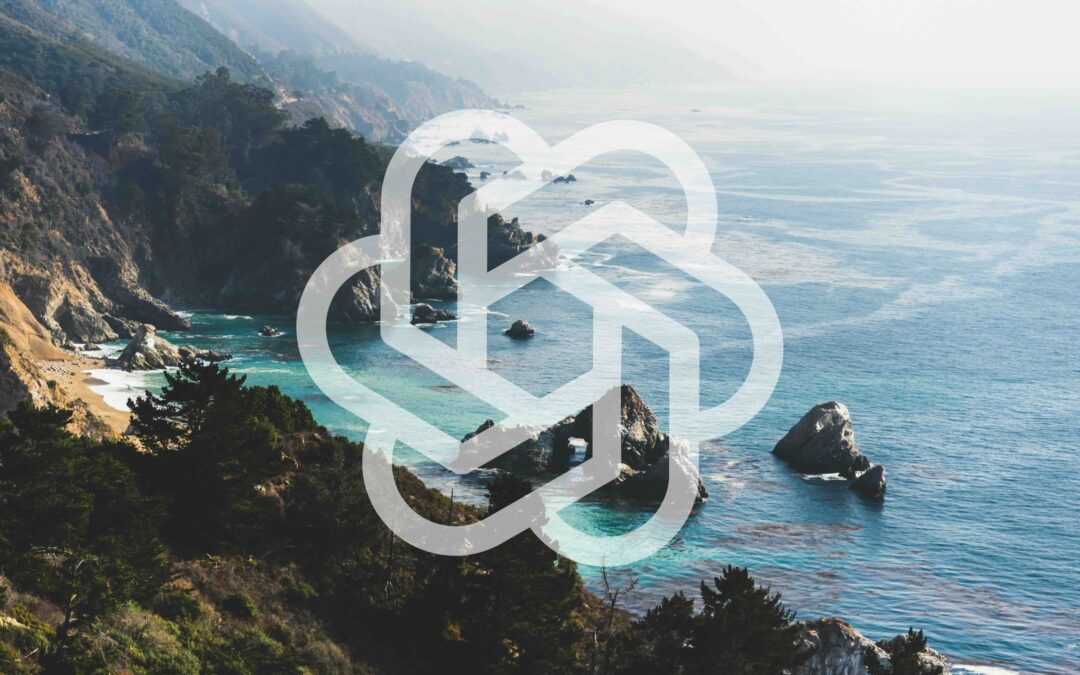In April of 2024, I went on a road trip up the Pacific Coast Highway, starting in San Diego and ending in Seattle. Being in the industry and having attended several tourism and tech conferences in the last year that extensively covered AI, I decided to try and use ChatGPT 4.0 as much as possible to help navigate each day’s route, planning out where to stop, what to see, where to eat, and more. As the 8-day trip unfolded, I got better at writing prompts to plan daily activities, and learned some key-insights that DMOs can lean into as AI tools get more popular to ensure their content is included.
Food

After landing in San Diego, our first planned stop on Highway 1 was La Jolla, California. While both my husband and I have visited La Jolla before and knew where the main beach was, we had no idea where we should stop and eat. Normally, we would let our nose and eyes lead the way upon arrival. But with the nature of our trip, we didn’t have the luxury of exploring as much as we are used to.
To save time, I asked ChatGPT to recommend options that fit into our trip. We picked the first option mentioned, The Taco Stand, and ended up enjoying amazing tacos on the sea cliffs, creating a memorable and satisfying way for us to kick off the trip.
The two sources ChatGPT cited linked back to TripAdvisor. For destination marketers, ensuring that your location and partners are featured on TripAdvisor and their profiles are well managed and have reviews from visitors will help ensure AI tools can find you as they scrape the web.

Unexpected Stops

As we moved farther up the coast, I began including phrases like “hyper local” and “cool coastal vibes” in my queries to avoid ultra-touristy areas and attractions. While not all the suggestions made sense for our road trip, we found some hidden gems along the way that we didn’t see in our initial research. One of these locations was Stearns Wharf in Santa Barbara. This was one of our favorite stops on the trip, where we got to enjoy amazing ocean views while tasting local wines and chocolates.
Unlike the first food response, ChatGPT created a custom listicle for us to choose from. While it did not cite specific sources, it’s a great example of how listicle blog content is a useful tool for travelers, especially when they are on the move and have less time to do their own research. Keeping blogs with lists up-to-date and speaks to today’s audiences is a great way to make sure your content is relevant to modem travelers.

Daily Itinerary

As we traveled further north, the towns we passed through got smaller, with less obvious sites and attractions for visitors. They also got fewer and farther between. To help plan the days itinerary, rather than use Google maps to identify towns and then research each individually to find out what we should do, we let ChatGPT do the work for us. An effective prompt we came up with was “Can you give me 5 nature and 5 culture stops for us to make?”, along with details about the route we were taking that day.
While we didn’t have time to stop everywhere it suggested, we did make two of the cultural stops and all five of the nature stops. What truly impressed me with these lists was when later that evening, I saw that a nature photographer I follow on Instagram had recently posted an Pacific North West photo series from some of the exact same spots we visited that day. This gave me proof that we hit the high-points of the journey.
In a world ruled by content, a lot of today’s travel decisions are made with photos and videos in mind. While I didn’t ask the AI specifically to recommend photo-worthy locations, it’s probably not a coincidence that the nature spots recommended are frequented by professional photographers. Afterall, they are the ones creating content online for the AI program to pull from. Destination marketers can do the same. Find out what locations in your area people are already posting most about and create an itinerary around visiting those spots.

Thinking Like An AI
As AI language learning models (ChatGPT, Gemini, etc.) become more popular among professionals, we will also begin to see them become more popular outside of the workplace in our daily lives. It can be tempting to use these tools to make work easier, asking for it to write your web content. But in order to stay relevant as these tools become more widely used, writing content that the AI will find useful (and in turn, its users) will make you a better primary resource for customers and visitors.

Digital Advertising Strategist

